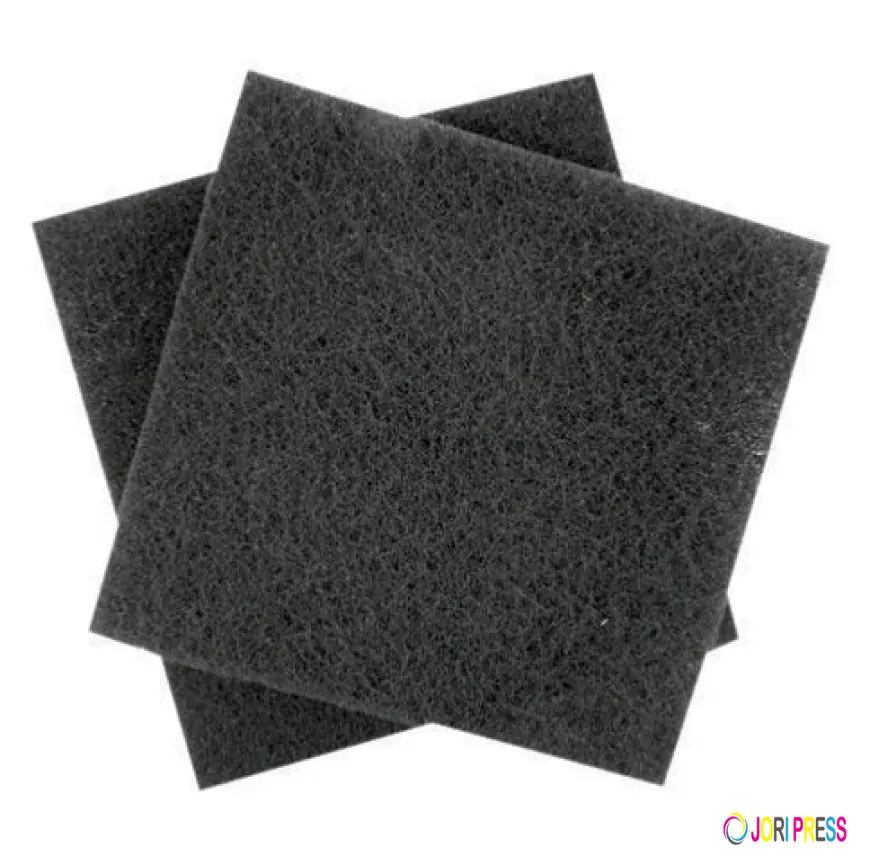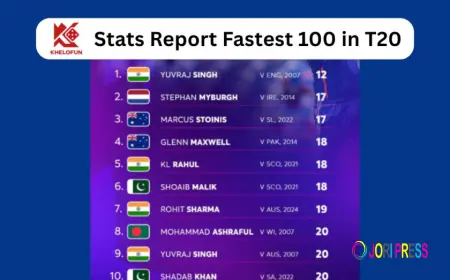activated carbon filter market emerging trends reveal a shift toward smart, sustainable, and integrated solutions
The activated carbon filter market is experiencing emerging trends in smart technology, sustainability, hybrid systems, and circular solutions. These trends are reshaping industry standards and opening new growth avenues across global markets.

smart filtration systems gaining market momentum
The activated carbon filter market is seeing a surge in demand for smart filtration systems equipped with IoT sensors and data-driven capabilities. Consumers and industries now prefer filters that can monitor performance in real-time, alert users when maintenance is needed, and integrate with broader smart building or factory systems. This trend is reshaping expectations in both residential and industrial applications, where proactive maintenance and system automation are becoming standard. Companies developing connected filter products that offer not only purification but also diagnostics and usage tracking are rapidly gaining traction and establishing themselves as innovation leaders in this evolving landscape.
rising demand for circular and zero-waste filter solutions
Sustainability continues to dominate product development across the activated carbon filter industry. A key emerging trend is the increasing focus on recyclable, regenerable, and low-waste filter systems. Manufacturers are exploring carbon sources from renewable biomass, such as coconut shells and sawdust, and designing filters that can be regenerated multiple times without losing performance. Some companies are even implementing take-back programs or closed-loop systems where used filters are collected, cleaned, and reused. These environmentally conscious efforts align with global sustainability goals and regulatory expectations, making circular filtration models not only feasible but increasingly in demand among eco-conscious buyers and industries.
hybrid filtration systems expanding performance capabilities
As filtration needs grow more complex, activated carbon filters are being combined with complementary technologies to form hybrid systems. These systems may include membrane filters, UV disinfection, ion exchange, or electrochemical processes alongside activated carbon to target a broader spectrum of contaminants. The ability to address both organic and inorganic pollutants in one compact system is highly attractive in sectors like pharmaceuticals, food processing, and municipal water treatment. Hybrid systems represent a clear trend toward multifunctionality and modularity in filter design, offering customers tailored solutions that meet increasingly strict performance standards.
customization and localized solutions shaping product strategies
Another major trend in the activated carbon filter market is the demand for customized solutions tailored to specific industries, environments, or regulatory conditions. For instance, industrial clients in oil and gas may require filters with high resistance to hydrocarbons, while municipalities may seek filters optimized for removing chlorine and disinfection byproducts. Companies are now offering modular systems that can be quickly adapted for different use cases, climates, or contaminant profiles. Additionally, demand for region-specific products is increasing, particularly in emerging economies where water and air quality issues vary widely. Customization and localization are fast becoming core pillars of competitive strategy in the global filter market.
rise in investment toward advanced R&D and innovation
Global companies are increasing their investment in research and development as innovation becomes the primary driver of market differentiation. From material science breakthroughs—such as nanoporous carbon structures—to fully automated production processes and AI-driven filter monitoring, innovation is surfacing across every layer of the supply chain. Strategic partnerships with research institutions and cross-industry collaborations are also on the rise, helping filter manufacturers stay ahead of emerging contaminants, performance standards, and market needs. This R&D-driven trend indicates a clear shift from traditional filtration approaches to future-ready, adaptive solutions.
What's Your Reaction?
 Like
0
Like
0
 Dislike
0
Dislike
0
 Love
0
Love
0
 Funny
0
Funny
0
 Angry
0
Angry
0
 Sad
0
Sad
0
 Wow
0
Wow
0

















































